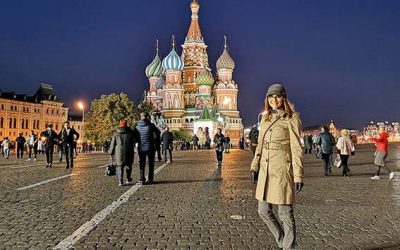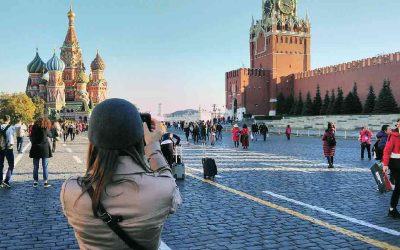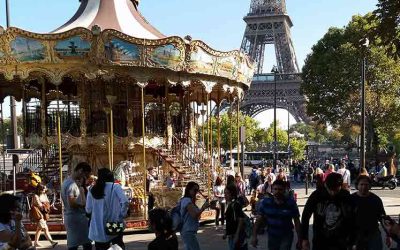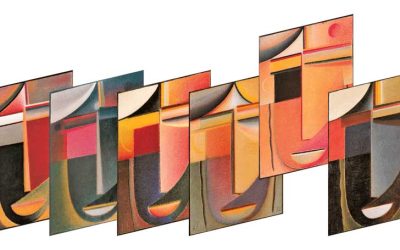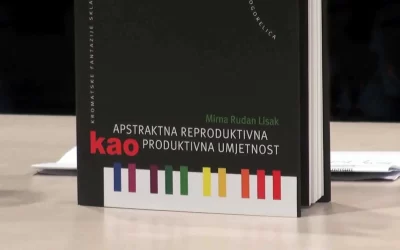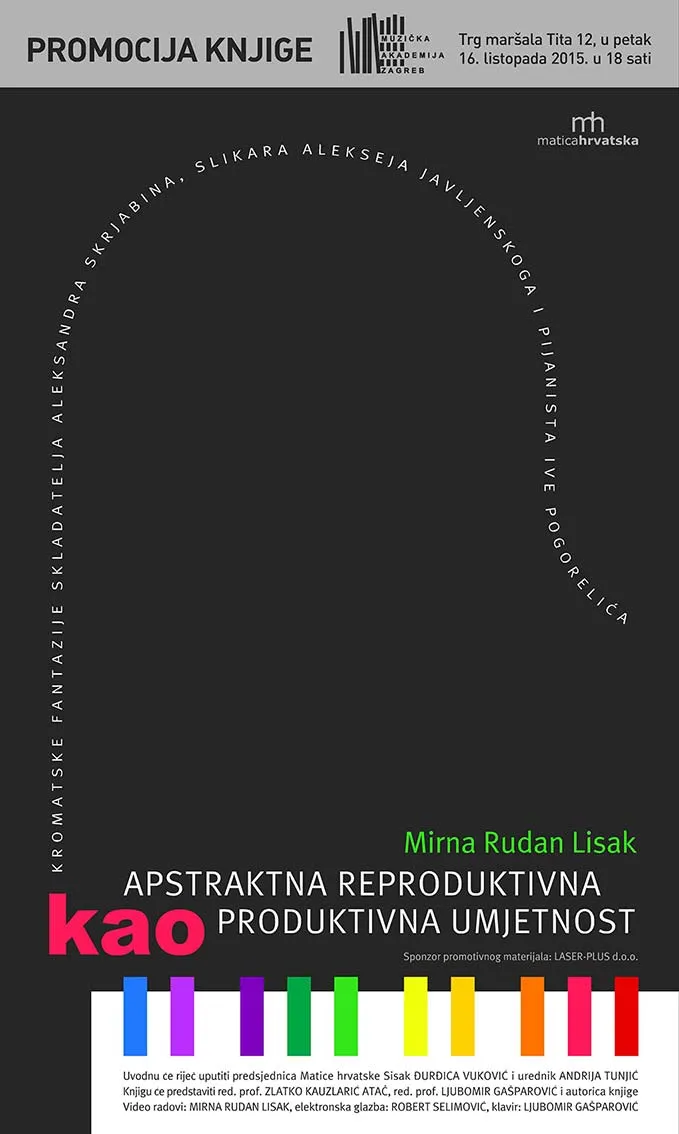Here you can find out more about the conference organized to mark the 100th anniversary of establishing the Memorial Museum of Alexander N. Scriabin in Moscow, Russia
My book featured on Alexej von Jawlensky Archive’s website
My book featured on the Alexej
von Jawlensky Archiv Website
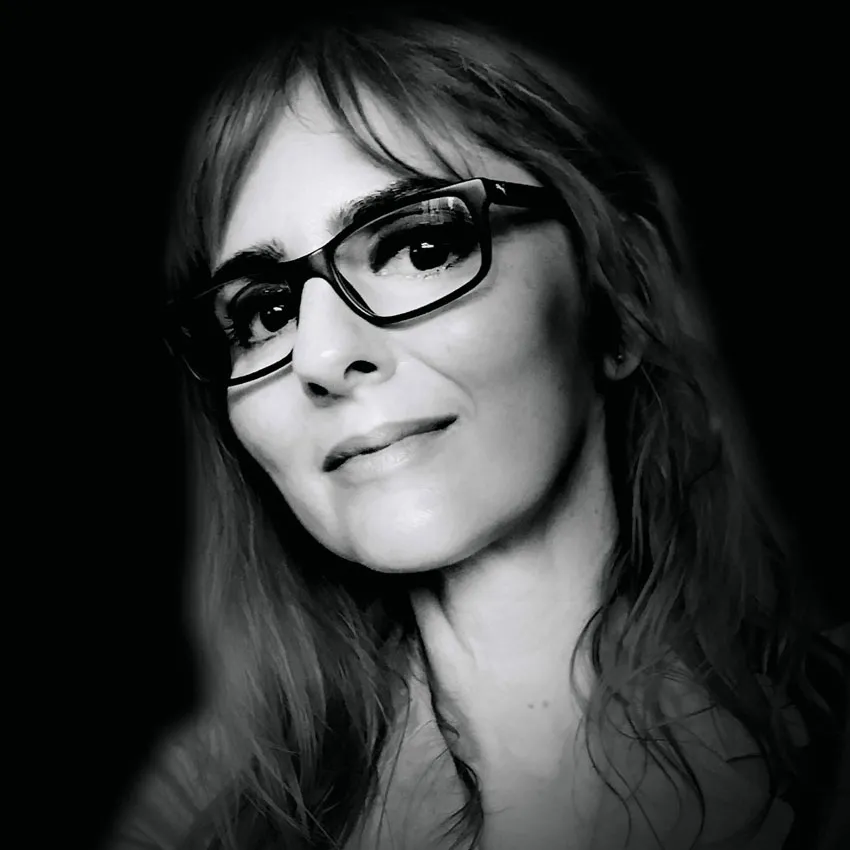
By
Making an artist “your own”
In my childhood, my mother Tatjana Valić Rudan was still an active pianist (later she was a Piano Professor), so in my early age I discovered that Alexander Scriabin was my favorite classical composer. I enjoyed playing under my mother’s piano inspired by her interpretations, and it is worth noting that she recorded Scriabin’s Two Poems Op. 32 for domestic television. But despite being equally fond of painting and music, and although I adored many of the great names from the history of fine arts, I could not find a painter for whom I could say he was truly “mine.” However, on one occasion, which took place in the late evening, my mother and I accidentally stumbled upon a five-minute BBC show on painting (each dedicated to one artist), and that was the moment in which for the first time I saw the works of a hitherto unknown Russian painter, who lived and worked in Germany and Switzerland. I will never forget how stunned we both were with one of his Abstract Heads, which the narrator knowingly linked to some prominent Russian icon. We immediately both sat down and, until the end of the show, were silently absorbing the canvases of enigmatic beauty that the artist painted in a series as if he wanted to reach the infinity. Since that evening, my favorite painter is to a wider audience unfortunately still not well-enough-known artist Alexej Jawlensky.
Virtual exhibition of Abstract Heads designed during my doctoral research at the Zagreb Arts Academy (electronic music: Robert Selimović)
Art is a longing for God
Alexej Jawlensky (Torzhok, 13 March 1864—Wiesbaden, 15 March 1941) is one of the modern painters to emerge from Russia in the first half of the twentieth century. He spent most of his working life in Germany, where he undertook his painting through Expressionist and Abstract periods. He was associated with Kandinsky from his student days onwards, notably (with Paul Klee and Lyonel Feininger) in the Blue Four group formed in 1924. Nevertheless, he cannot be identified with any particular stylistic movement: he is one of the great twentieth-century explorers of the soul, for whom art was “a longing for God.” In his first artistic period he mostly painted landscapes, portraits and still-lifes; in the second he was preoccupied with painting series entitled Variations on a landscape theme (1914-1921), Mystical Heads (1917-1919), Saviour’s Faces (1917-1923) and Abstract Heads (1918-1935), and his last artistic period he started with Abstract Heads and completed with Meditations. Today Alexej Jawlensky’s paintings can be found in almost all of the world’s leading museums, and his works are part of the permanent art exhibitions of the Museum Wiesbaden (Germany) and the Norton Simon Museum in Pasadena (USA).
“Although Jawlensky felt nostalgic for Germany during his stay in Switzerland, he rejected the professorship at the Bauhaus experimental art and architecture school, because he felt that art could not be taught.”
Sotheby’s Publications
During doctoral studies students usually pursue their passions, so it is not unusual that for my doctoral research I chose the art of Jawlensky and Scriabin, connecting them with my third favourite artist, the pianist Ivo Pogorelich. Subsequently, I published the results of my research at a higher literary level in the book of essays entitled Abstract Reproductive as Productive Art: Chromatic Fantasies of the Composer Alexander Scriabin, Painter Alexej Jawlensky and Pianist Ivo Pogorelich, and the story how my book came to Switzerland and was chosen to be featured on the Official Website of my favorite painter is an anecdote that will keep me smiling for the rest of my life. While I was still writing my doctoral thesis, my brother Igor Rudan gave me three books on Jawlensky by Sotheby’s Publications, so that I would have relevant literature to study from. It was then that I discovered that the painter’s granddaughter, Mrs. Angelica Jawlensky-Bianconi, had written numerous texts, and of course I quoted her in my work.
Encounter with the painter’s granddaughter
I was certain that Mrs. Jawlensky-Bianconi would like to know that someone in Croatia adores her grandfather’s art and writes a chapter of a dissertation on his series painting, but nowhere—neither on the internet nor in the book—could I find any contact information. And when I needed permission to print pictures for the purpose of publishing my book, I contacted Alexej von Jawlensky Archive in Locarno, Switzerland, and kindly asked to reproduce more than a few paintings, explaining that there is no point in publishing a text about a painter without visual examples. Since I had no idea whether that institution would answer me at all, which would make it impossible to publish my book due to the copyright law, I decided to have a cup of coffee with my dear friend Nataša Šakic to get rid of the accumulated stress in her good company, because for me the whole thing was a question of life and death. When we were already in the car to go home, we suddenly heard the sound of an email, and as soon as I opened it I realized that it was Mrs. Jawlensky-Bianconi personally responding with wonderful words of encouragement, expressing her desire to buy my book for the Archive and thus support my work! Natasha and I were screaming of joy, and the car, to the dismay of random passersby, was barely able to keep the balance!
Being featured on the favourite artist’s website—unsurpassed experience!
When my book was finally published, it arrived to Switzerland as soon as possible, and Alexej von Jawlensky Archive, without previous announcement, published the title on its Official Website, thus revealing the existence of my work to international audience. This is why I immediately translated into English the chapter on Jawlensky’s series painting entitled Music Iconostasis, and I sent it to Switzerland to make my text accessible to everyone interested in the work of this great modern artist.
“Alexej von Jawlensky-Archiv S.A. from Locarno (Switzerland) granted me the artist’s photo taken on his sixtieth birthday for publishing in my book”
“Alexej von Jawlensky-Archiv S.A. from Locarno (Switzerland) granted me the artist’s photo taken on his sixtieth birthday for publishing in my book”
Being featured on the favourite artist’s website—unsurpassed experience!
When my book was finally published, it arrived to Switzerland as soon as possible, and Alexej von Jawlensky Archive, without previous announcement, published the title on its Official Website, thus revealing the existence of my work to international audience. This is why I immediately translated into English the chapter on Jawlensky’s series painting entitled Music Iconostasis, and I sent it to Switzerland to make my text accessible to everyone interested in the work of this great modern artist.
You may also like my other posts…
Travelogue: Conference in Moscow (2)
Travelogue: Conference in Moscow (1)
Travelogue on Moscow during the conference organized to mark the 100th anniversary of the Memorial Museum of A. N. Scriabin, famous modern Russian composer and pianist
Fellow of the French Government
Courants du monde is a program of the French Ministry of Culture, thus as a fellow of the French Government I spent two weeks in Paris visiting 16 prestigious cultural institutions
Travelogue: Conference in Moscow (1)
Travelogue on Moscow during the conference organized to mark the 100th anniversary of the Memorial Museum of A. N. Scriabin, famous modern Russian composer and pianist
Fellow of the French Government
Courants du monde is a program of the French Ministry of Culture, thus as a fellow of the French Government I spent two weeks in Paris visiting 16 prestigious cultural institutions
My book featured on Alexej von Jawlensky Archive’s website
After allowing me to print pictures of this famous modernist painter, my book was featured on Alexej von Jawlensky Archive official website
My book promotion at the Zagreb Academy of Music
The book was presented by Đurđica Vuković, Andrija Tunjić, Zlatko Kauzlarić Atač and Ljubomir Gašparović; electronic music: Robert Selimović

